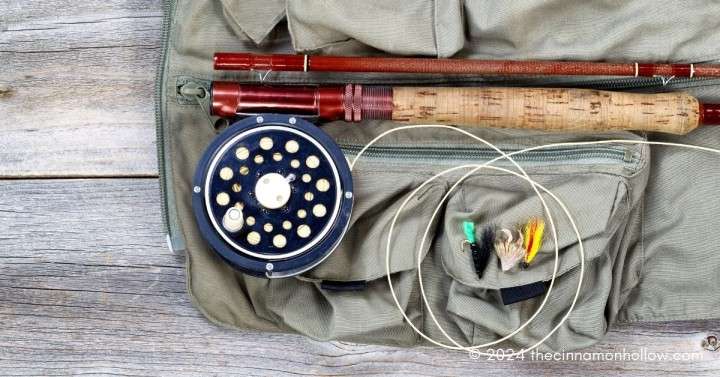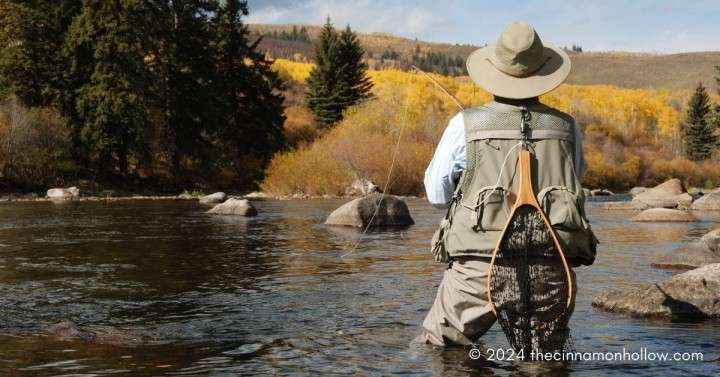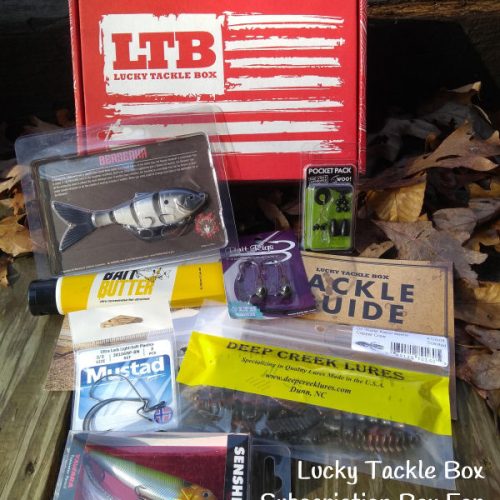As an angler, I really enjoy fly fishing because I find it fascinating and adventure-filled every time I head out. For the uninitiated, fly fishing is a unique fishing method that involves casting an artificial fly to mimic the movements of insects to bait fish. Some types of fish love catching insects so, you can guess what happens next!
Fly fishing is not as easy as it sounds though and it needs specific fishing gear and skills. For my gear I get it from only one fishing tackle shop but what about technique? Well, this post is all about fly fishing for beginners. I will give you an overview of some of the essential fly-fishing gear and techniques I use so you too can enjoy this adventurous sport. Let’s get right into it!
What Gear Do You Need for Fly Fishing?

The following fishing gear must be in your arsenal before you head out to attempt fly fishing even as a complete novice:
The Fly Rod
A food fly rod is necessary if you want your casting and fish-fighting to be any good. There are different lengths and weights of fly rods in fishing shops to accommodate all fishing scenarios. If you are a complete beginner, I would suggest you go for a 9-foot/5 weight fly rod as it is versatile enough for freshwater fishing environments.
The Fly Line
You need a good fly line to succeed in fly fishing as it is responsible for transferring energy from your rod to the lead and the flu. There are different tips of fly line in fishing shops including weight-forward and double taper. I suggest you get both even if you are a beginner and match the line weight to the rod weight.
The Fly Reel
Most beginners tend to overlook the fly reel but you can’t do much without one in fly fishing as a beginner. This is because the fly reel stores the fly line and backing which in turn provides drag for any fighting fish you catch. I suggest you look for one with a smooth and adjustable drag system. It should also have an appropriate retrieval rate and ample backing capacity to handle powerful challenges and should be lucky enough to catch a large fish.
Flies
Of course, you need flies to do fly fishing but what do they look like and how do you choose one? Flies are artificial lures designed to mimic prey that some fish love so much they are willing to take the risk and grab.
There are different types of flies you can use in fly fishing. Dry flies are designed to float on the water’s surface thus mimicking natural insects. Wet fries on the other hand are usually nymphs fished sub-surface that imitate some aquatic insects or even baitfish ( I prefer the former. The most important thing you should do as a beginner is to match the fly pattern with the species of fish you are targeting and the conditions.
Those are the basic gear you need to go fly fishing as a beginner but you can add waders if you want to access deep waters, a fishing vest, some forceps, line nippers and a landing net. Have all these and you are now ready to try your hand at fly fishing. Now let’s learn some basics next!
What Techniques Should You Practice in Fly Fishing?

The following are the essential techniques you must practice as you begin your learning journey in fly fishing:
Casting
You must learn how to cast it is the foundation for fly fishing. I suggest you start with the overhead cast technique. An overhead cast in fly fishing involves making a smooth, accelerating motion that transfers energy from your rod to the line. You will need a lot of practice and attention to your body mechanics to do casting properly so take your time!
Presentation
You need to learn how to deliver your fishing fly (bait) in a natural way without causing disturbance. If you are using a dry fly, ensure you have a delicate presentation to avoid splashing or dragging on the water surface. If you are using a wet fly or nymph, ensure you get the fly deep into the water and maintain a natural drift.
Apart from these main techniques, I suggest you take some time to learn how to read the water (currents and structure), fish fighting, fish landing and fly-fishing etiquette (respect other anglers!). All the best in your fly-fishing endeavors!







